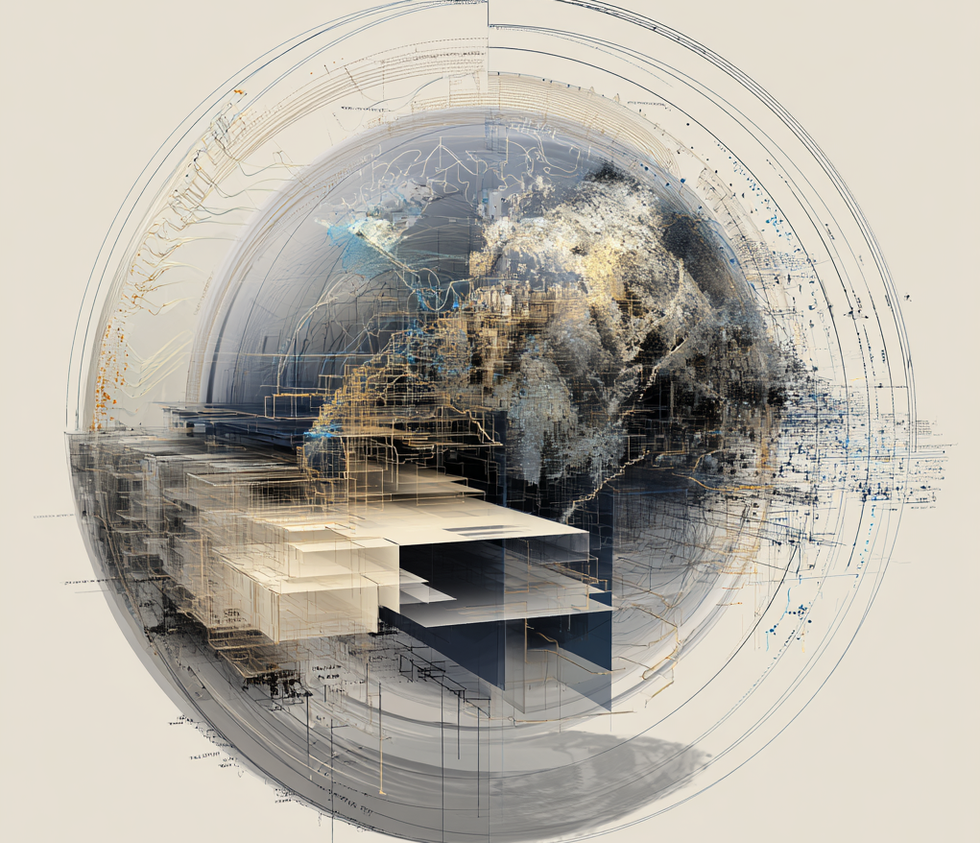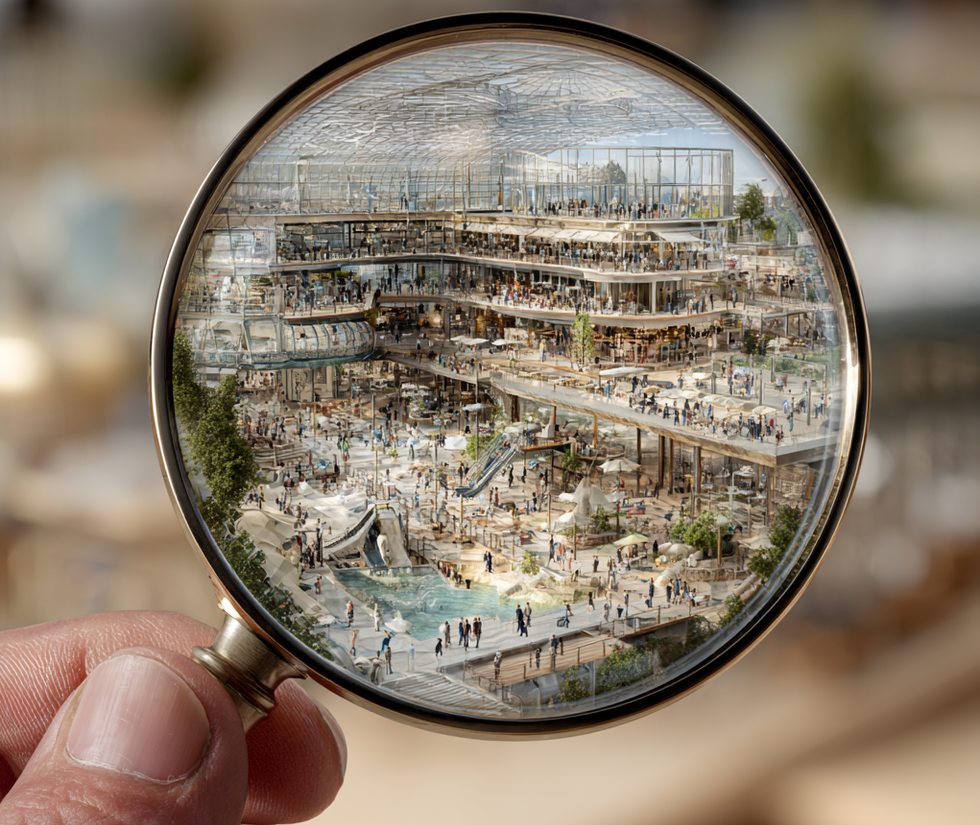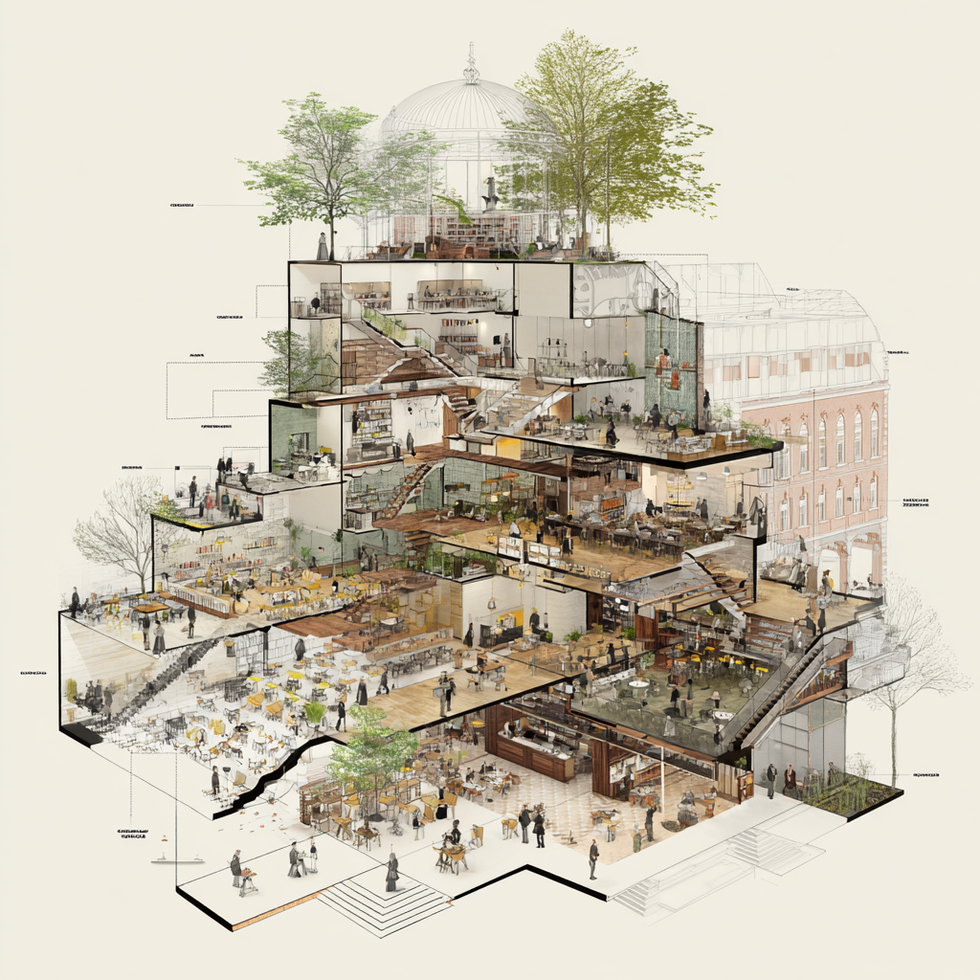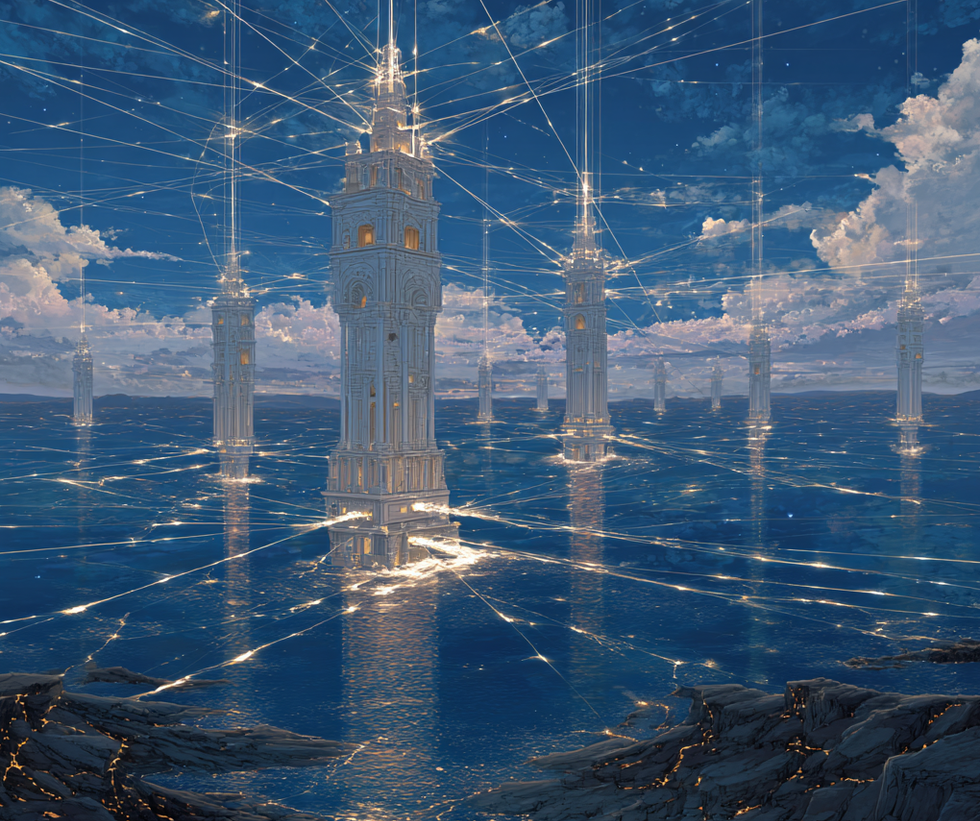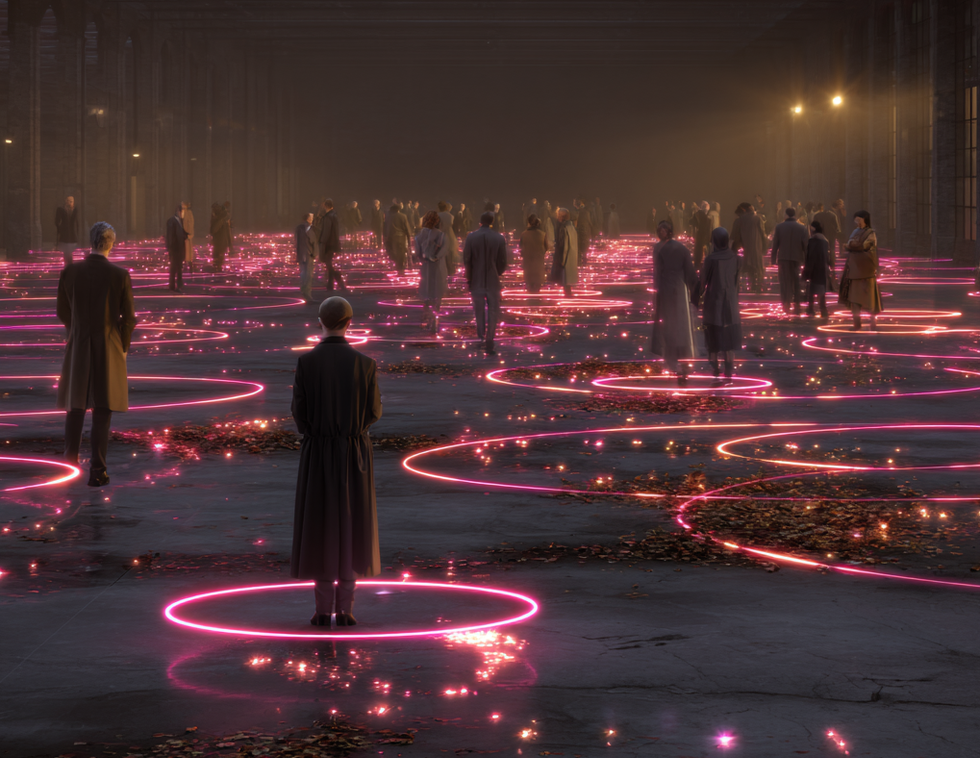By Lou Pizante, The Experientialists
Once upon a time, on the IAAPA trade show floor, Location-Based Virtual Reality (LBVR) was the answer—no one cared what the question was.
There were tethered backpacks, haptic vests, and enough black spandex to start a glam metal tribute band playing Poison’s greatest hits—with a string section and an emotional support triangle.
Founders promised to reinvent reality. Operators quietly wondered who would switch out the batteries between cycles. And so, most LBE professionals did what any battle-tested venue operator would do: nodded politely, made a note to check insurance coverage, and walked the other way.
It wasn’t that operators were resistant to innovation. It’s that they’d already lived through it—with 4D theaters, RFID scavenger hunts, and that brief but painful moment when projection mapping tried to rebrand as “interactive.” They knew the real challenge wasn’t making magic. It was making reliable, repeatable, Tuesday-afternoon-at-2-pm magic.
Because, for all its promise, early free-roam LBVR didn’t belong in a real-world operating environment. The content was cool. The tech was flashy. But the business model? Throughput was low, staffing was complicated, and troubleshooting usually involved a guy named Ravi who answered every question with a Stack Overflow link, and who insisted the system “worked fine in beta.”
The whole thing had the structural integrity of a croissant in a hurricane.
Still, even during the wind storm, there were glimmers of a future where this stuff could actually work. You just had to look north.
The Montreal model: where LBVR grew up (in a gallery, not a garage)
If you're wondering where the industry first demonstrated that high-throughput VR could be both emotionally engaging and operational, look no further than a converted heritage building in Montreal.
Since as early as 2015, the PHI Centre—equal parts art house, R&D lab, and sensory tuning fork—has been one of the first to take VR seriously as a cultural medium, not just a headset-on-a-stick sideshow. And in 2018, following the creation of PHI Studio, it started producing and co-producing touring and large-scale LBVR installations.
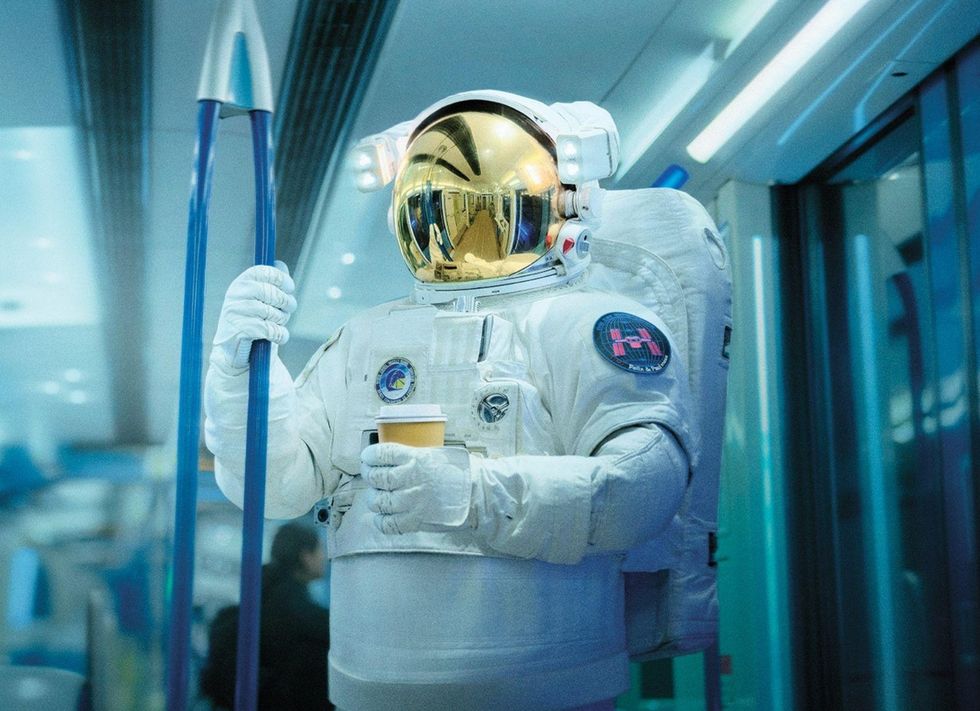
It really took off with their long-standing partnership with Felix & Paul Studios, which wasn’t about novelty—it was about scale, story, and soul. What began with poetic early works like Strangers with Patrick Watson (2014) matured into Space Explorers: The Infinite. This fully untethered, stadium-scale VR experience drops visitors into the International Space Station with eerie elegance.
Co-produced under the joint venture INFINITY Experiences and first launched in 2021, and then toured globally by PHI Studio, Space Explorers: The Infinite didn’t just attract lines pulsing as many as 168 people per hour—it proved you could sustain them. Cultural LBVR could have high throughput, high fidelity, and actual emotional resonance.
Imagine that.
The new LBVR playbook
Felix & Paul Studios, for their part, helped invent this playbook. They built custom 3D, 360° camera rigs that could survive in low-earth orbit, partnered with NASA and TIME to film the first-ever VR spacewalk in 2021, and treated every frame like an auteur film disguised as a technical proof-of-concept. It was cinematic, yes—but also operationally sound, and endlessly deployable.
“When we filmed Space Explorers: The Infinite aboard the International Space Station—including the first-ever VR spacewalk—we knew we had something truly extraordinary,” deadpans Felix & Paul Studio’s co-founder and CEO Stephane Rituit, as if that’s a perfectly normal way to begin a story.
“But we also knew that most people wouldn’t experience it if access was limited to personal VR headsets. That’s what drove us to find a way to bring it to a broader audience. Working with PHI, we cracked the throughput challenge, proving that large-scale, emotionally resonant VR could be both technically feasible and widely accessible.”
PHI, meanwhile, in addition to co-producing Space Explorers: The Infinite, did something arguably harder: they operated it. Over and over. In multiple cities. For multiple audiences. No janky wiring closets. No duct-taped panic. Just a frictionless guest experience that set the tone for what cultural institutions—and the entire LBVR industry—could aspire to.
Space Explorers: The Infinite
PHI’s CEO, Eric Albert, who’s run more headsets than most of us have run errands, says:
“Co-producing and operating Space Explorers: The Infinite since 2021 has allowed us to refine and optimize the operational and business plans for large-scale free-roaming VR experiences.
"We’ve since been able to apply this knowledge for the presentation of other experiences, including Horizon of Khufu by Excurio, welcoming more than 250,000 visitors over an 11 month period at our new location in the Old Port of Montréal.”
That was the template: emotional resonance and operational competence, running side by side like synced headsets in a well-calibrated field. Now, nearly a decade later, the rest of the industry is catching up—and scaling up.
From calibration hell to capacity heaven
Turns out the future of digital escapism isn’t coming. It actually exists today, where your sweaty coworker’s avatar might clip through you mid-mission, and nobody blinks because we’re all too busy dodging virtual shrapnel.
Yep, LBVR, once the awkward teenager of the immersive world—oversized headset, limited friends, wildly impractical logistics—is growing up fast.
Thanks to pioneers like PHI and Felix & Paul Studios, along with platforms like Univrse, Excurio, and Wevr, we’re seeing the rise of large-scale, free-roam, high-throughput LBVR experiences that don’t just accommodate four friends in a closet. They usher in 75, 100, even 150 headset-wearing, room-roaming mortals per hour into a single shared simulation.
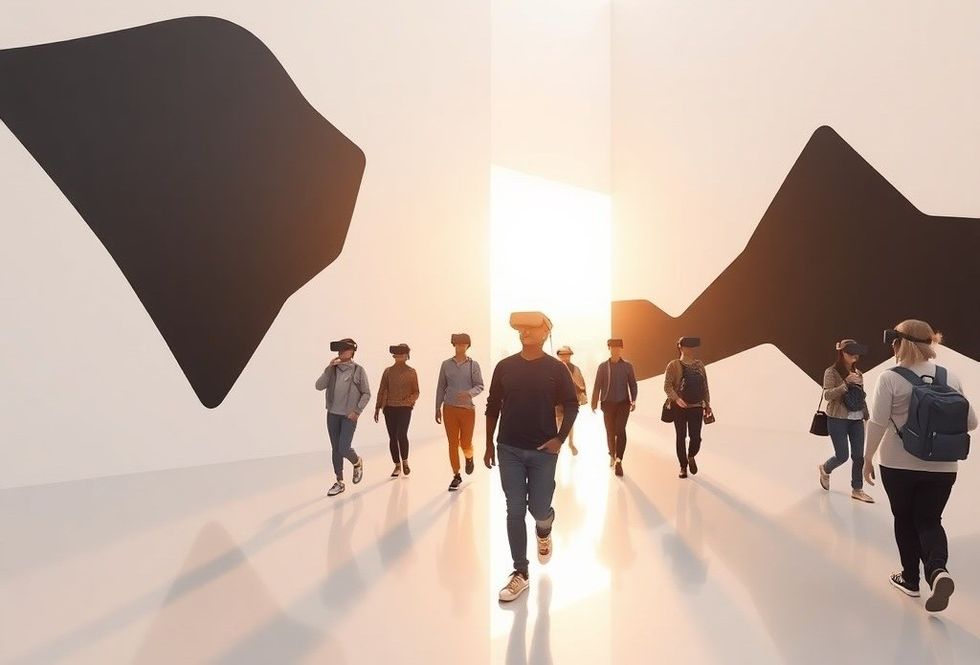
This is not a Unity glitch with misplaced ambition. It’s math.
The goal has not changed: Serve more people, more quickly, more profitably, with less downtime and fewer puke buckets. So what changed? How did free-roam VR go from cable-spaghetti showcase to something that runs smoother than most airport security lines?
In the before-times (read: 2017), a “VR attraction” often meant standing in a 6x6 foot cell, tethered to a corner like a digital goat, while a helpful teenager coached you through not dying in Robo Recall. But thanks to companies like Univrse, Excurio and Wevr, we've now entered the era of stadium-scale VR.
A quality shared experience
Univrse offers operators the software and backend tools to make this mayhem feel like a ballet. Want 100 people to walk into an arena and emerge having survived a fire-breathing dragon together? There's an API for that. And probably a liability waiver.
Meanwhile, over in Paris, Excurio has turned cultural content into high-throughput art: experiences like Eternal Notre-Dame and Impressionists 1874 run hundreds of people through a shared virtual Paris every hour, somehow making monetized nostalgia feel avant-garde.
It helps that Excurio now operates the world’s largest network of LBE partners—each running its platform and content like clockwork, but with fewer gears and more actual reasons to care.
Wevr, not to be outdone, has recently announced its Shared Experience Engine, which is built to allow 100 people to roam the same virtual space, simultaneously yelling instructions, tripping over each other, and having synchronized transcendental digital experiences—all without a single backpack PC in sight.
Wevr co-founder and CEO Neville Spiteri distills it into something between a business case and a belief system: “It’s all about offering a quality shared experience for guests, providing a palpable sense of presence, with positive unit economics, that scales across cities globally.”
So how did free-roam LBVR finally crack the code?
How did we get here?
The leap from niche gimmick to stadium-scale success didn’t happen because the tech got flashier. It happened because everything behind the curtain got smarter.
First, the hardware grew up. The days of backpack PCs, tangled cables, and corner-mounted tracking cameras have given way to clean, untethered systems. Zero Latency, one of the earliest free-roam pioneers, long ago ditched its signature backpacks in favor of HTC’s Vive Focus 3—standalone headsets that stream content over Wi-Fi 6E and use hot-swappable batteries to keep the action moving.
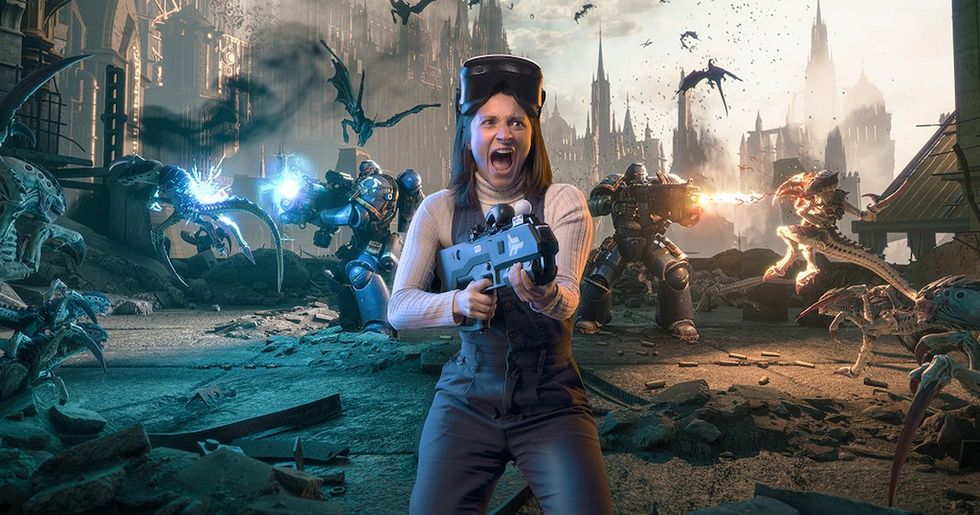
That one move cut costs, slashed complexity, and shaved precious minutes off every guest cycle. Translation: higher capacity without higher chaos.
“Going fully wireless changed everything for our guests, it’s a whole new level of immersion. No cables to deal with, no backpack to carry, nothing to break the illusion. Just put the headset on and move freely through our worlds,” says Annie Parker, Zero Latency ’s director of new venues for North America, and brave human who’s personally wrestled with every cable she’s now banishing.
“For operators, it’s just as transformative. Less equipment, faster setup, easier maintenance, and fewer points of failure. That means higher throughput and fewer tech issues. Overall a smoother experience for everyone. It’s freedom and simplicity, rolled into one.”
Easier LBVR operations
Second, operations stopped being duct-taped prayer rituals and started behaving like a business. Briefings now happen in batches. Session flow is managed by dashboards instead of frantic walkie-talkie chatter.
Platforms like Univrse’s XRoam let a single operator launch and reset giant multi-user sessions, transforming what once required a battalion of headset wranglers into a lean, headset-savvy pit crew. This shift is seismic: venues now operate with a fraction of the staff that would’ve been required just a few years ago.
“The real breakthrough in LBVR isn’t what audiences see—it’s small teams creating magic at scale,” says David Bardos, CEO and co-founder of Univrse and XRoam, with the kind of quiet confidence that only comes from countless successful guest cycles and zero visible panic.
“XRoam turns what was once a slow, risky production into seamless content creation and invisible operations, battle-tested by more than three million visitors.”
Third, the content pipeline finally grew up. Wevr’s Shared Experience Engine, for example, promises a modular foundation for high-capacity, multiplayer storytelling, allowing developers to build once and deploy across many venues.
Meanwhile, content marketplaces like Synthesis VR give operators access to an expanding library of free-roam titles, ranging from arcade shooters to educational expeditions.
Great. So, look, now the infrastructure works. You can launch sessions, trigger effects, and track guests across 20,000 square feet. But the real question—the only one that matters—is: does anyone care?
That’s where content had to grow up. It couldn’t just be cool. It had to be meaningful, modular, and actually sustainable.
A seismic shift
Enter Excurio, for one, who has proven this model works: its cultural VR expeditions have toured more than fifteen countries, been installed in institutions like the Louvre and d’Orsay, and reached over 1.5 million visitors—without once needing to rewire a server rack mid-show.
Excurio also equips its operators with a proprietary platform that quietly holds the world record for throughput and comes with a patented “multi-content” feature—basically the Swiss Army knife of cultural LBVR deployment, minus the corkscrew.
The gamble on a single $500,000 build-and-pray experience has been replaced by scalable, modular content that can run in a dozen cities and actually pay for itself.
This shift doesn’t just make production easier—it makes the whole industry more sane. Operators can finally test titles without having to sell a kidney on the blockchain. Developers can focus on refining great ideas instead of glue-sticking every version to fit a different venue’s wiring closet.
And audiences? They get consistent, replayable content that doesn’t feel like a prototype held together with gaffer tape and hope. In short, the pipeline stopped being a bottleneck and started being a backbone.
Put it all together, and LBVR finally became what it always wanted to be: immersive entertainment that doesn’t collapse under its own spectacle.
No more magic. Just margin.
All of this—the streamlined hardware, the smarter ops, the modular content—isn’t just about cleaner installs or fewer migraines.
It’s about a complete shift in the LBVR business model. What used to be an all-in bet on a single title, in a single location, with a single demographic (usually adolescent males wielding an energy drink) is now a repeatable system that can flex across formats, audiences, and venues.
Barriers to entry have dropped. You no longer need a custom-built arena or a backroom full of tech whisperers. With standardized platforms and off-the-shelf content, a regional FEC can launch a VR attraction in weeks—not quarters—and know it will scale. Museums can run educational adventures without turning their security guards into sysadmins.
Even malls—those ancient temples of consumerism—can plug in VR and get foot traffic that isn’t just bored tweens looking for boba.
And critically, the revenue math has shifted. Instead of trying to claw back a six-figure install with $12 tickets and the book value of buyers’ remorse, operators are seeing real throughput, repeat visits, and diversified content slates.
Take Eclipso, for example: founded by Antoine Lieutaud, this French immersive entertainment company has rapidly expanded across Europe and into the US, attracting over 600,000 visitors globally.
“As an operator, our top priority is working with the best studios and showcasing content we believe is at the edge of what the market can offer,” says Lieutaud, who seems determined to prove that quality and revenue models can coexist in the same headset.
“That positioning lets us justify a higher average ticket price—which isn’t just good for us and our content partners. It’s essential for the whole market to grow sustainably and avoid racing to the bottom.”
See also: What if reality is just a mood?
Scaling and expanding
After proving cultural LBVR expeditions could scale, Eclipso is now expanding aggressively not just as a distributor of Excurio’s licensed experiences, but as a producer of its own original content. That kind of vertical integration doesn’t just validate the business model—it fuels the next wave of growth in the content pipeline.
It’s the kind of evolution Bob Cooney has been forecasting for years. The closest thing LBVR has to a high priest, field medic, and business therapist rolled into one, Cooney has spent the better part of a decade warning that content is only king if it earns its keep.
Long before the hardware caught up, Cooney was mapping the path to operational sanity: scalable experiences, staff-light venues, and guests who come back not because the tech is cool, but because the experience works.

Over the years, he’s built a full evaluation rubric—available on the VR Collective site —that ranks hardware, software, content, operations, and marketability, and serves as a solid starting point whether you’re sizing up a product, building your own framework, or just figuring out if you’re buying a game or a liability.
Cooney, pulpit raised and pixels running at 90 fps, delivers his gospel like this:
“VR is the most cost-effective delivery mechanism for amazing immersive experiences. The cost of building immersive venues, from one million for a small projection mapped installation to two billion for the Sphere, is astronomical. I can deploy a large scale free roam venue for low six figures and generate one million or more in revenue. There is no other technology that comes close to delivering that kind of experiential bang for the buck.”
That sermon used to sound idealistic. Now it reads like a business plan.
Why this matters: from fanboys to families
The earliest LBVR adopters were exactly who you'd expect: gamers, tech brahs, and anyone willing to endure vertigo for the thrill of shooting space zombies with friends. They were loyal, loud, and occasionally smelled like a LARP party. But they were never going to sustain an industry. They were the beta testers.
Today, the audience has diversified—not because someone finally cracked the code on marketing, but because the experiences themselves have become more inclusive, intuitive, and meaningful. Parents bring their kids. Tourists squeeze it in between lunch and the gift shop. Seniors walk through digitized versions of historic cities, moving more freely in virtual space than they can in real life.
Cultural institutions are onboarding entire generations through LBVR exhibits that require zero gamer literacy and zero joystick jokes.
“With compelling content and seamless flow management, LBVR has the power to engage an extremely broad audience,” says Fabien Barati, Excurio’s founder and CEO. “Families, friends, and colleagues attend our Immersive Expeditions for the promise of traveling through time and space — without needing to focus on the technology behind it. This opens up opportunities for an entire ecosystem, from producers to operators, including museums.”
This shift isn’t accidental—it’s the result of intentional design. Better onboarding, spatial audio cues, narrative-first content, and intuitive interactions are lowering the learning curve for non-gamers. And when the friction goes down, the fun goes up. That means people come back.
Diversity of content
More importantly, the diversity of content is finally catching up with the diversity of potential audiences. Not everyone wants to wield a virtual assault rifle. Some people want to walk through a burning cathedral, or explore the Impressionist movement, or solve a mystery with friends without getting fragged every three minutes. LBVR is no longer a genre. It’s a medium. And like any medium, it thrives when it serves more than one story.
Maybe the surest sign that LBVR has come of age isn’t just the scale, the software, or the spreadsheets—it’s who’s still here, and what they’re building next.
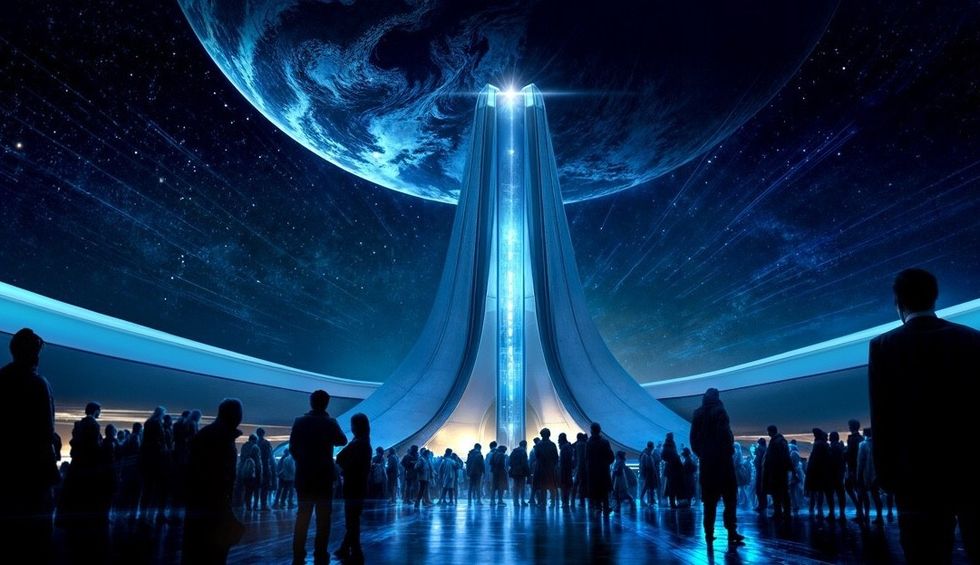
This fall, Felix & Paul Studios will debut Interstellar Arc at Area15 in Las Vegas—a 20,000-square-foot deep space journey that trades rocket fuel for full-body awe. After a decade spent proving LBVR could be art, then scale, then both at once, they’re now anchoring a permanent immersive experience in one of the world’s most chaotic and successful entertainment sandboxes.
It’s not a tech demo, it’s not a prototype. It’s a statement: this medium has legs, stories, ticket buyers, and somewhere, quietly, a soul.
“Felix & Paul Studios helped shape a lot of our early thinking around location-based VR—not just as a technology, but as a storytelling platform,” says Winston Fisher, Area15’s CEO and the unofficial curator of Las Vegas’ most ambitious alternate realities.
“It feels fitting that we’re opening District 2, our 20-acre expansion, with Interstellar Arc, an experience that’s ambitious in both scale and intent. It reflects the kind of work we’re proud to champion at Area15: immersive, original, and built to lead, not follow.”
LBVR: the end of the beginning
This isn’t the metaverse. It’s something better: a working business.
Location-based VR no longer needs to prove its feasibility. That part’s done. The hardware matured, the operations streamlined, the content became scalable, and the audience became real. What we’re looking at now isn’t a speculative frontier—it’s an emerging format with legs, logic, and lineups.
The real opportunity going forward isn’t inventing new headsets or haptics. It’s building the ecosystem: smart venues, great stories, repeatable frameworks, and an experience loop that works whether you’re a tourist in Paris or a tween in Peoria. LBVR no longer lives or dies by the gimmick. It lives or dies by how well it fits into everyday entertainment.
That’s the shift. From speculative sizzle to operational steak and from fanboy fantasy league to an actual line at the ticket counter. From “What the hell is this?” to “Let’s do that again.”
Because when the throughput is high, the tech disappears, and the guests walk out smiling—that’s not just LBVR working.
That’s entertainment working.
This article is part of an ongoing exploration of the evolving immersive landscape—how we lost our way, who’s fighting to bring meaning back, and why it matters.
For more on what this column is all about, start with Is this article immersive?, where I lay out the mission: reclaiming immersion from the gimmick merchants and giving it back to those who create experiences worth disappearing in.
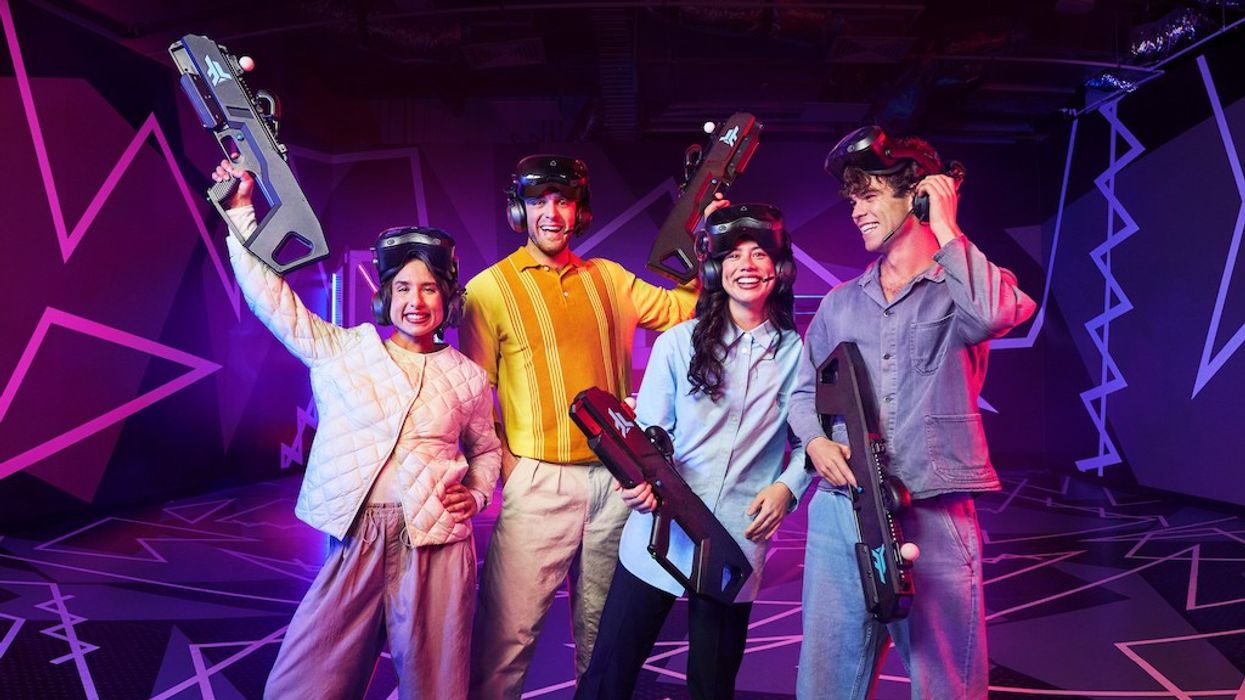

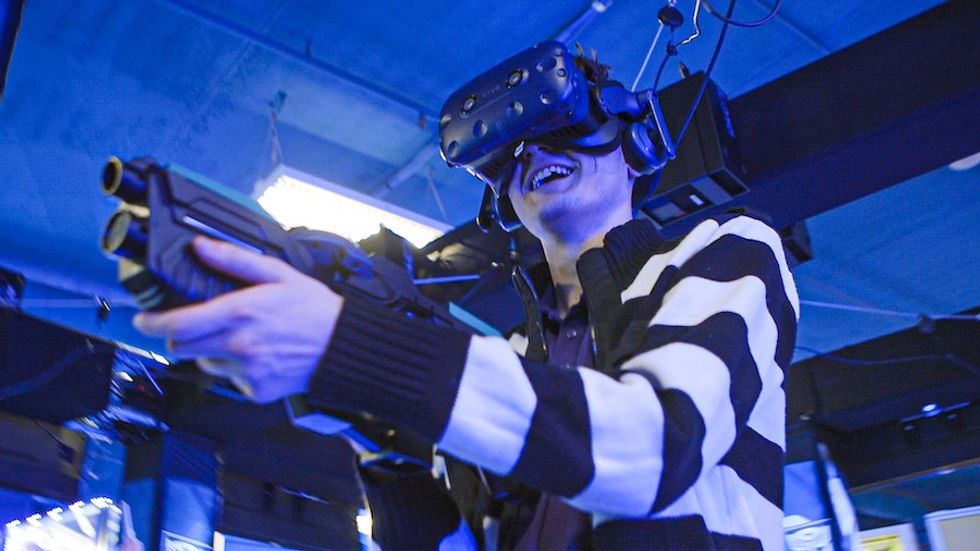







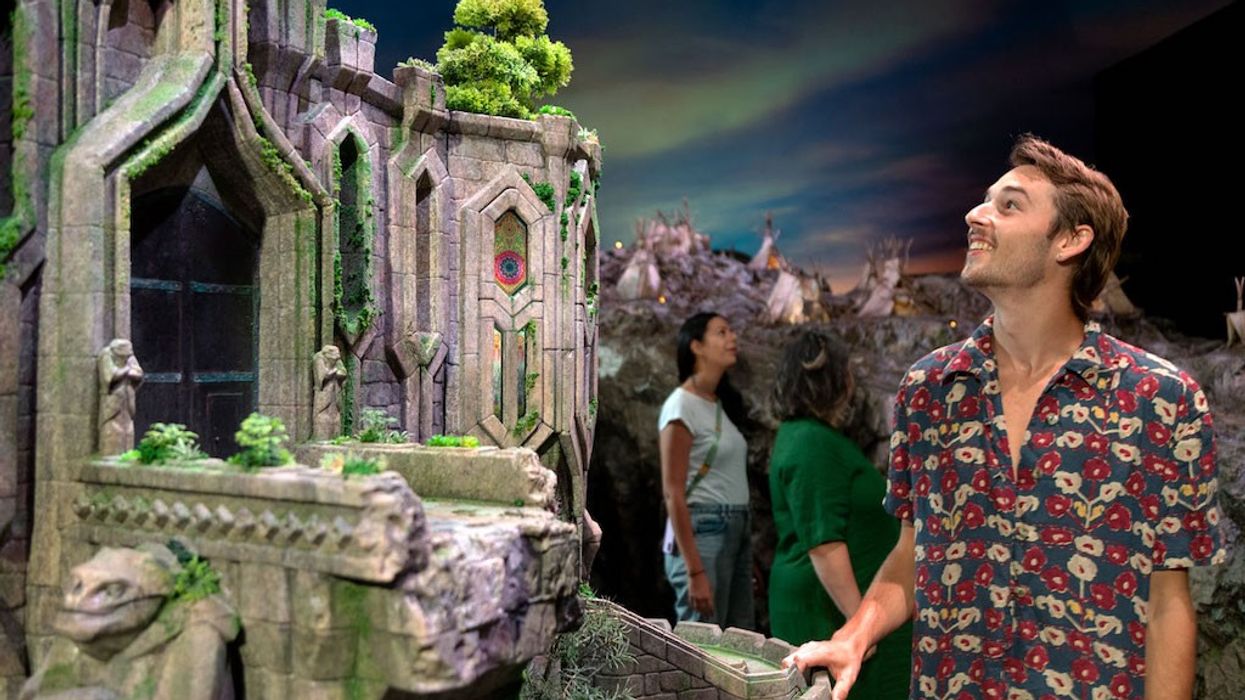



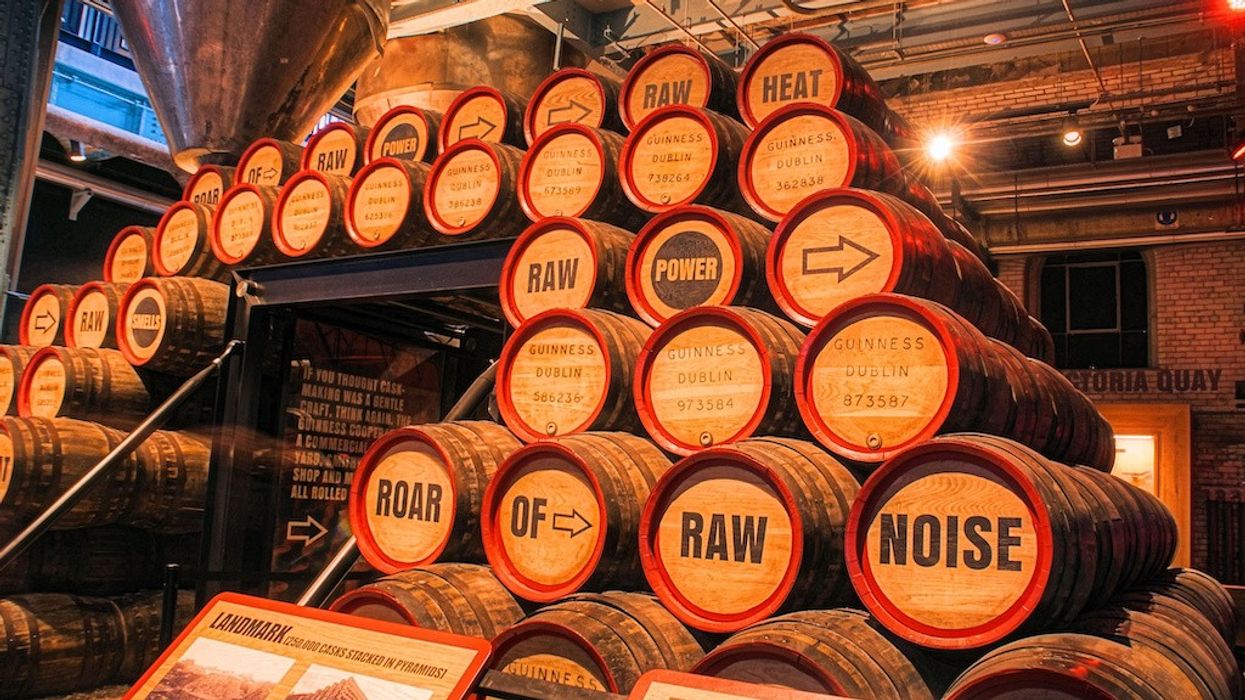
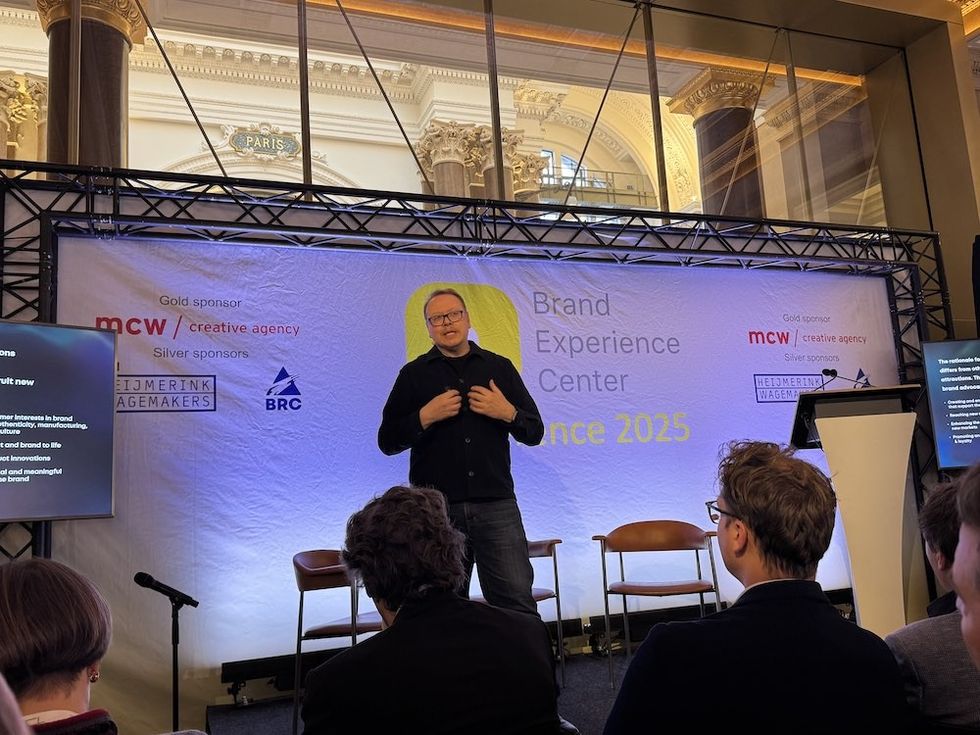 Christian Lachel, chief creative officer, BRC Imagination Arts
Christian Lachel, chief creative officer, BRC Imagination Arts  Image credit AA+W - stock.adobe.com
Image credit AA+W - stock.adobe.com Chocoversum Image credit Sebastian Fuchs
Chocoversum Image credit Sebastian Fuchs 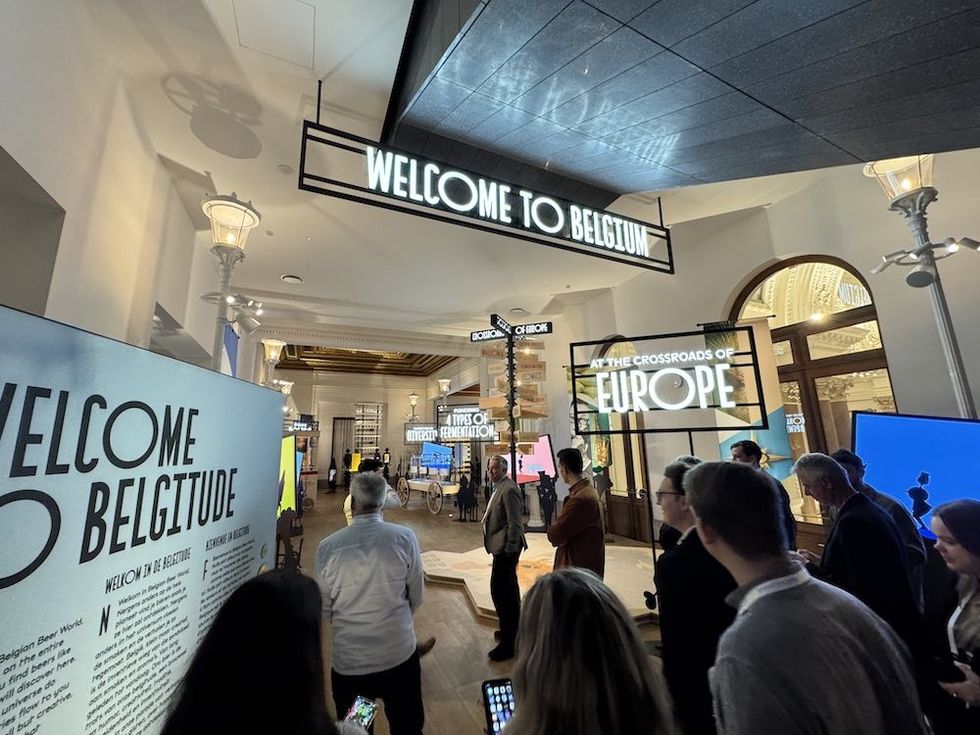 Belgian Beer World
Belgian Beer World 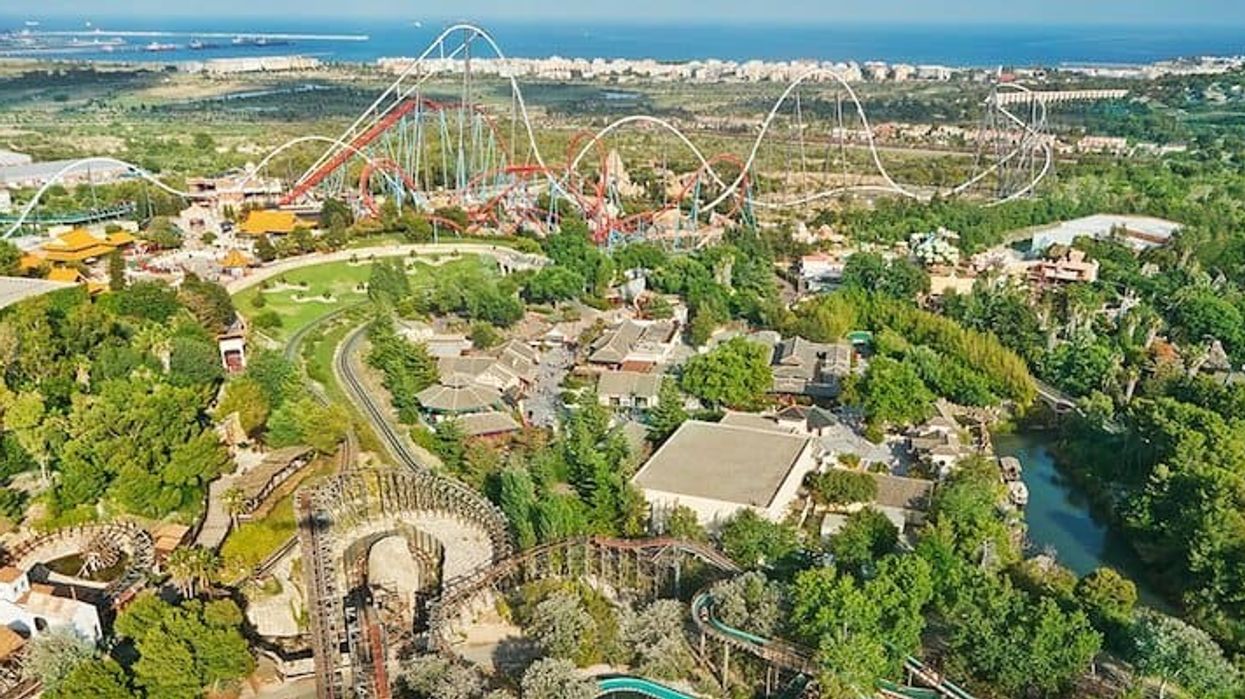
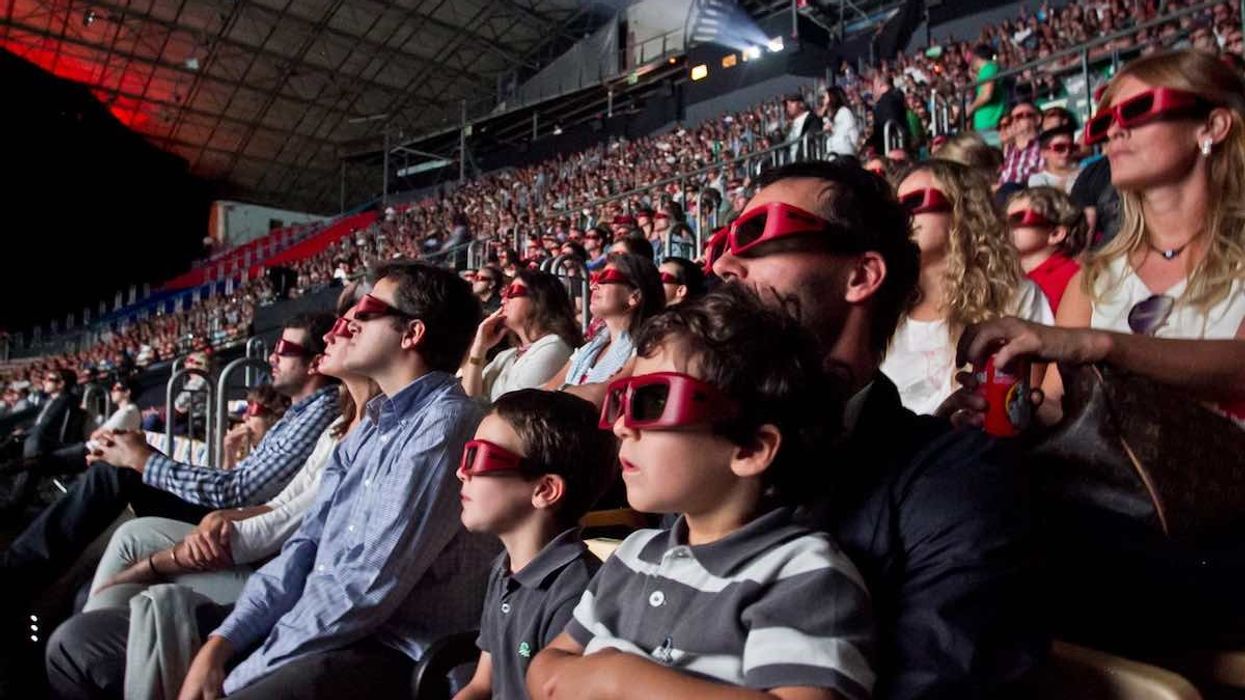
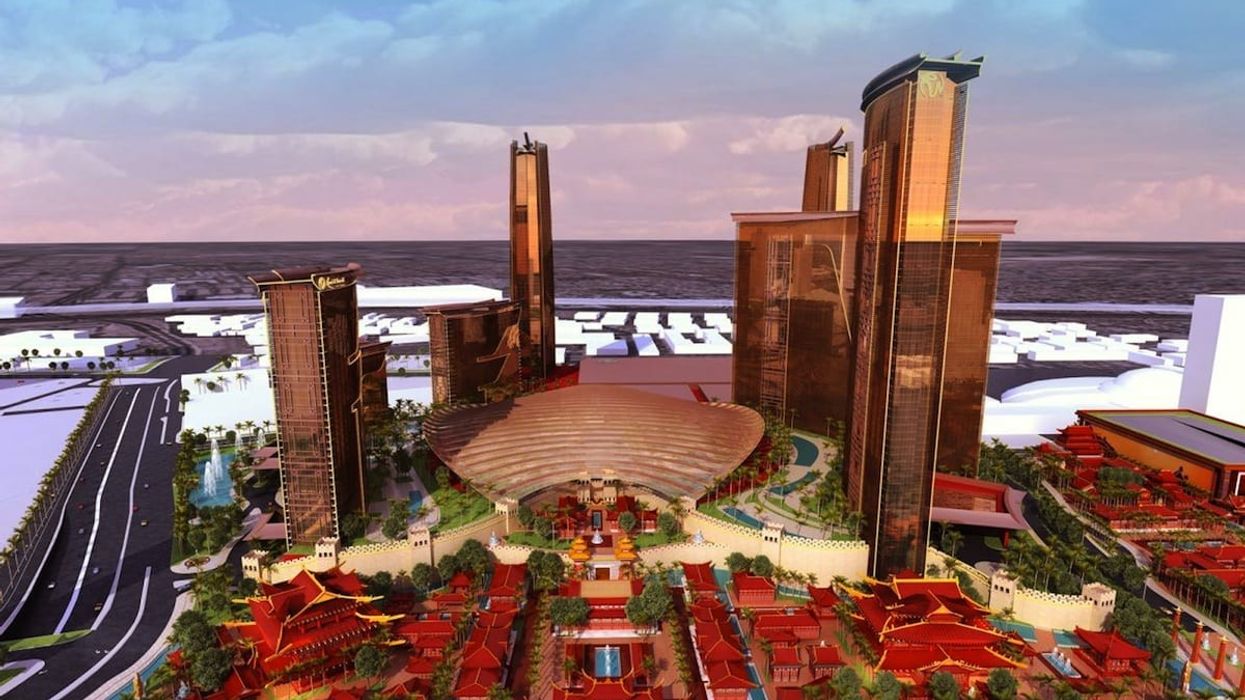

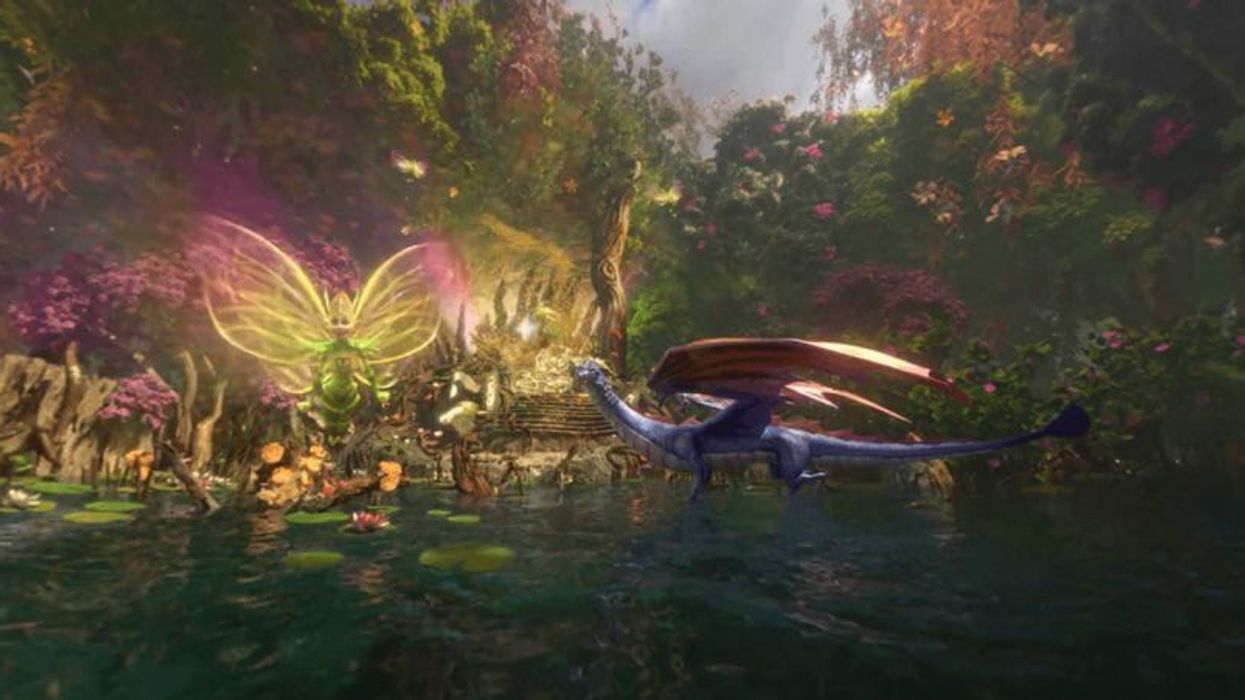


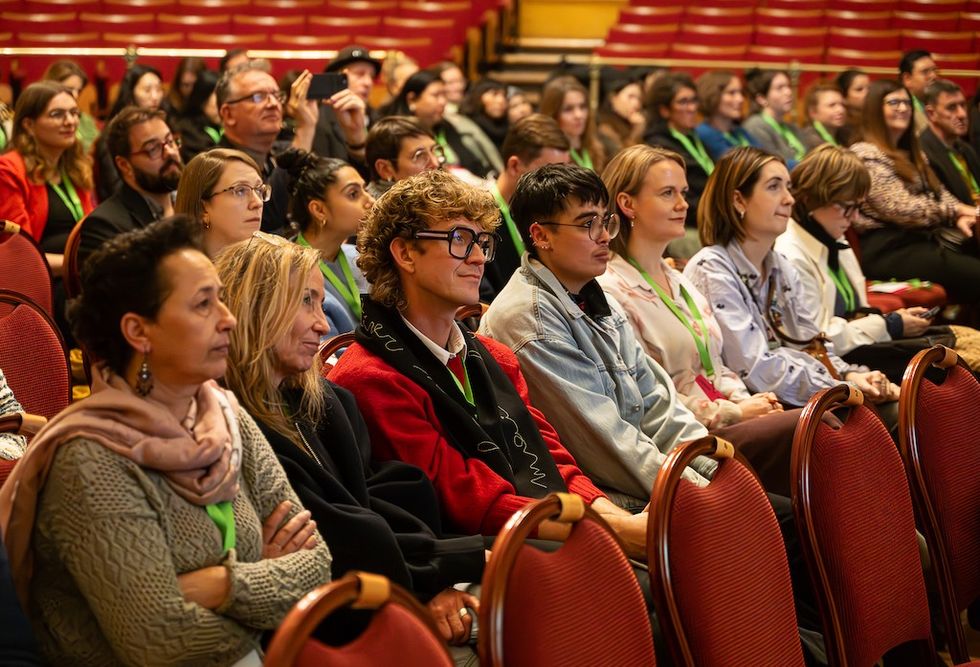
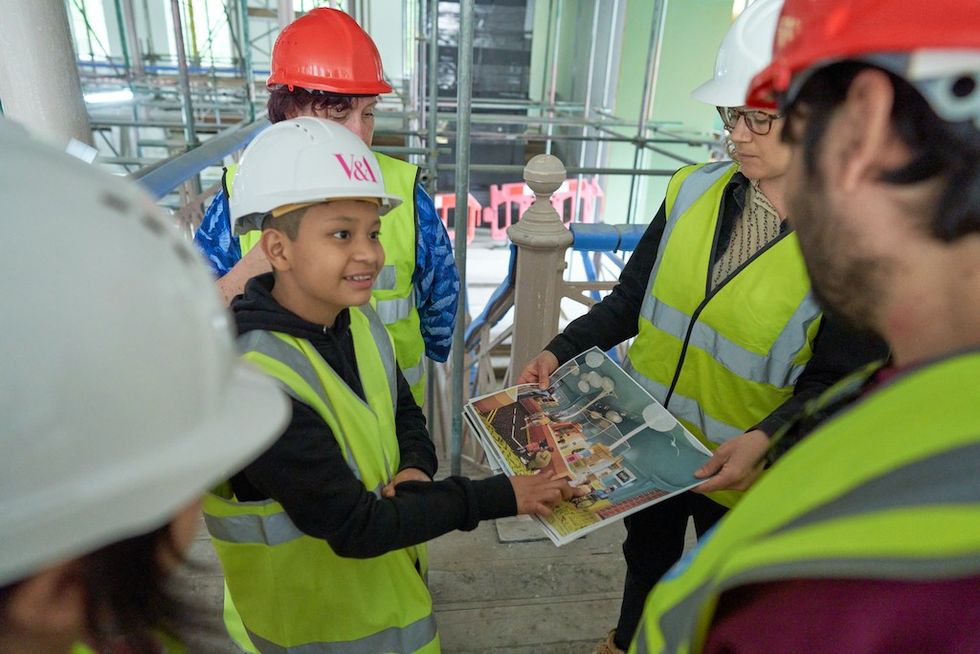 Young V&A Youth Collective members have a tour of the Young V&A construction site. Image courtesy of Young V&A.
Young V&A Youth Collective members have a tour of the Young V&A construction site. Image courtesy of Young V&A. 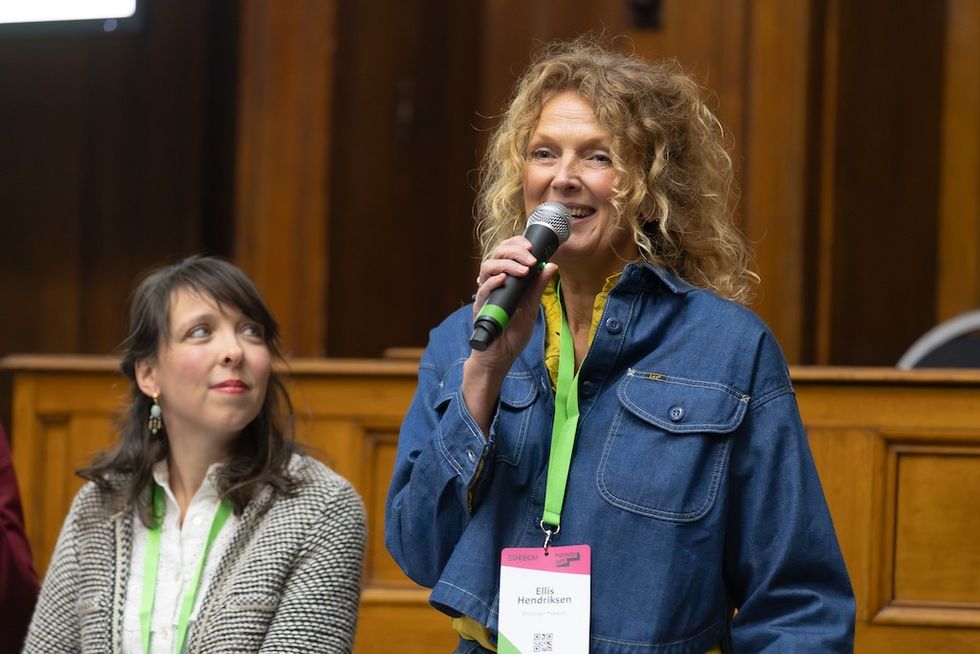 Floriane Perot and Ellis Hendriksen
Floriane Perot and Ellis Hendriksen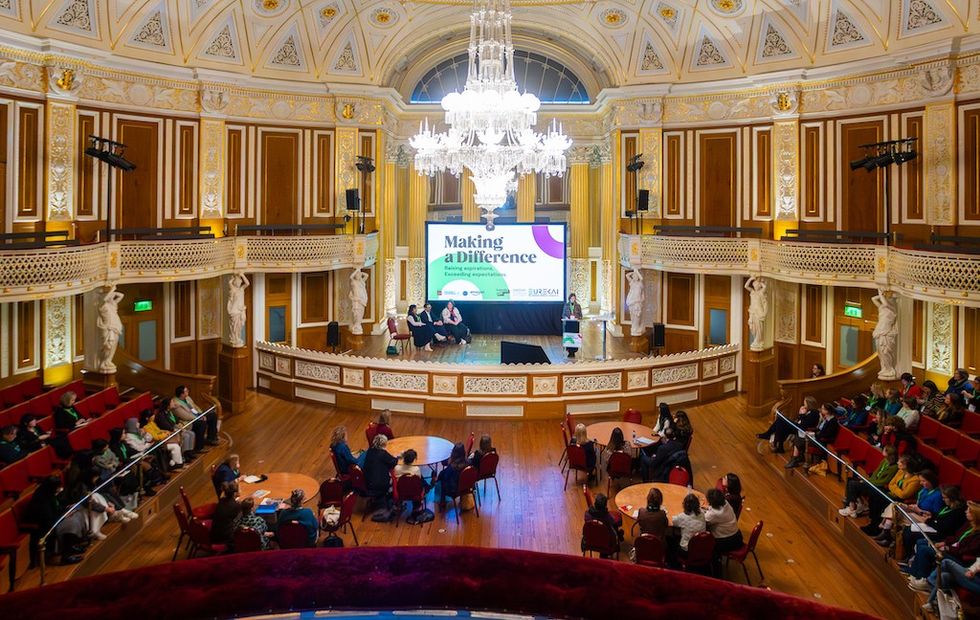
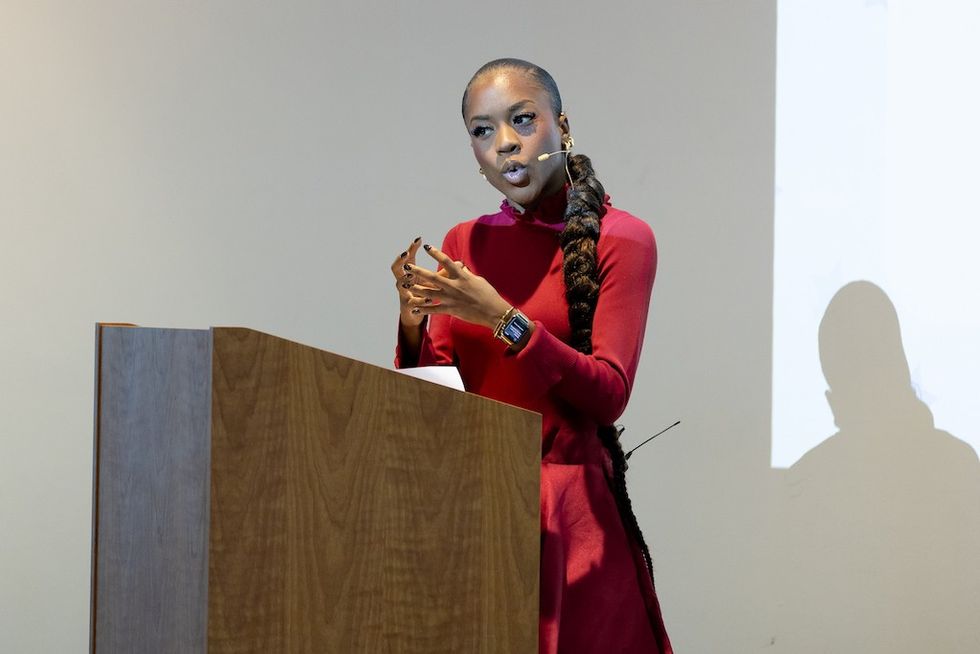 Amber Ogunsanya-William
Amber Ogunsanya-William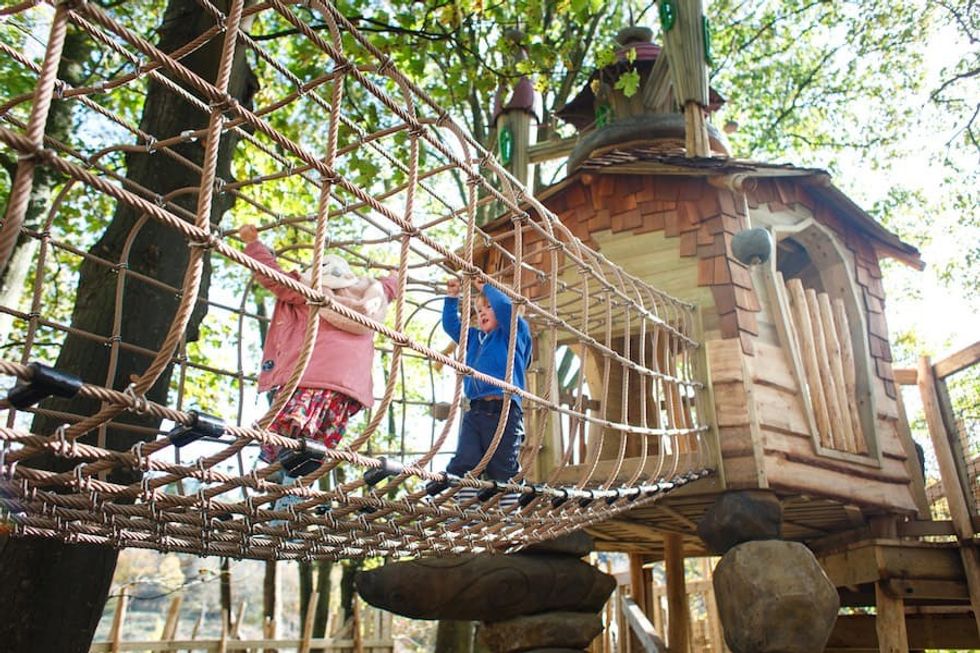 Tumblestone Hollow adventure playground by CAP.CO
Tumblestone Hollow adventure playground by CAP.CO  Ghaleya Al Mansoori
Ghaleya Al Mansoori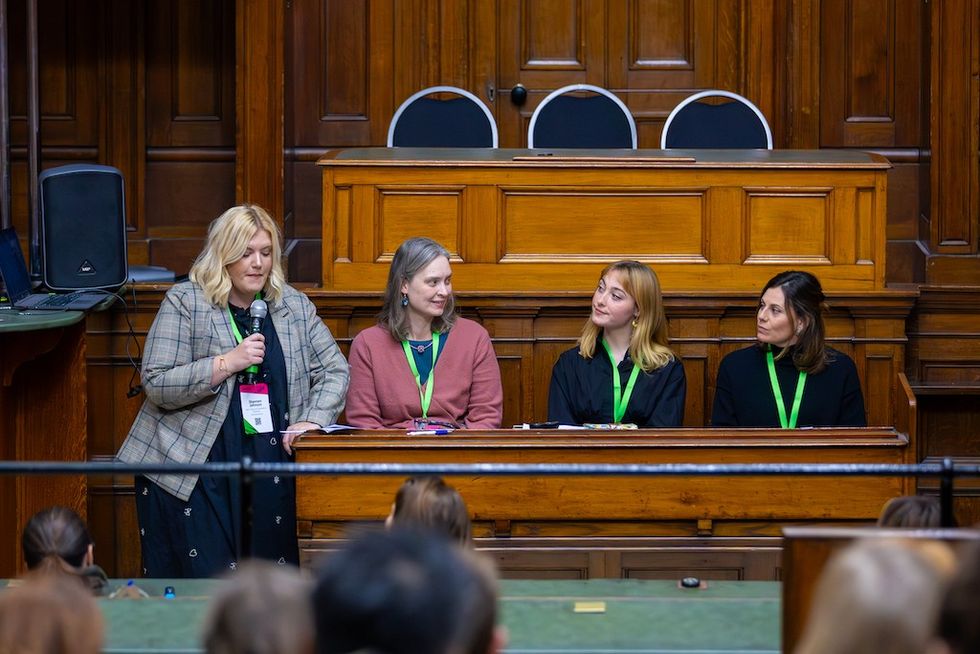
 Dame Rachel de Souza
Dame Rachel de Souza Liverpool Museum
Liverpool Museum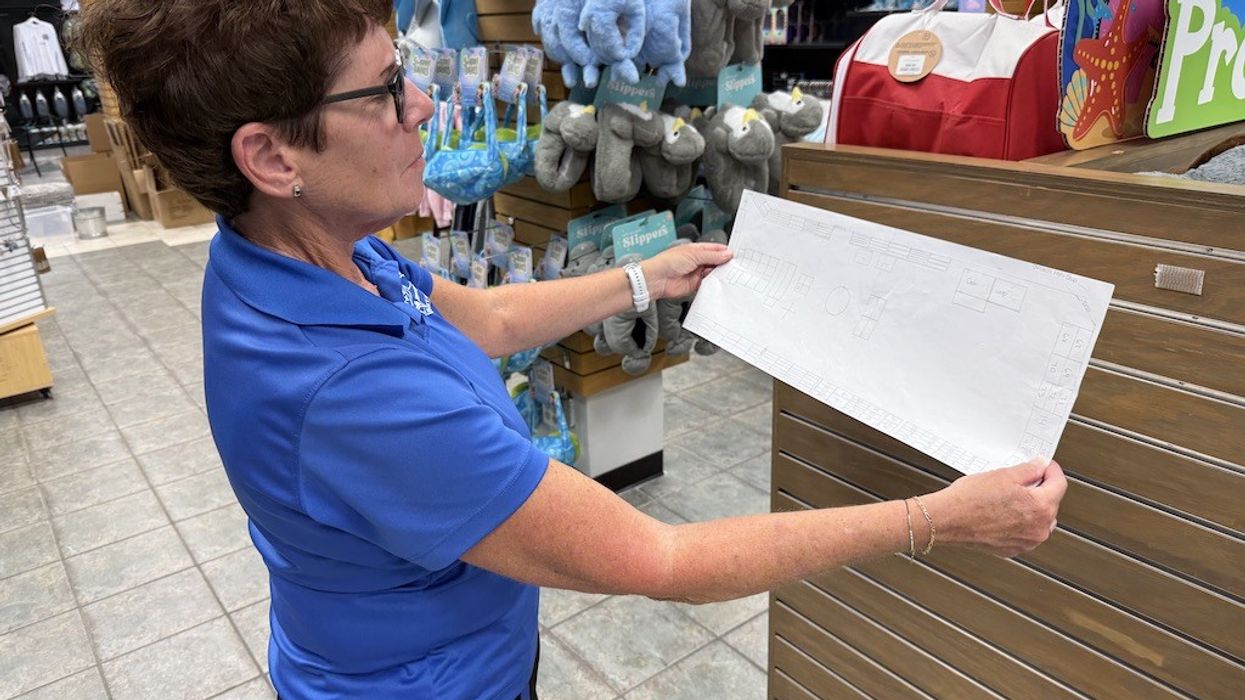
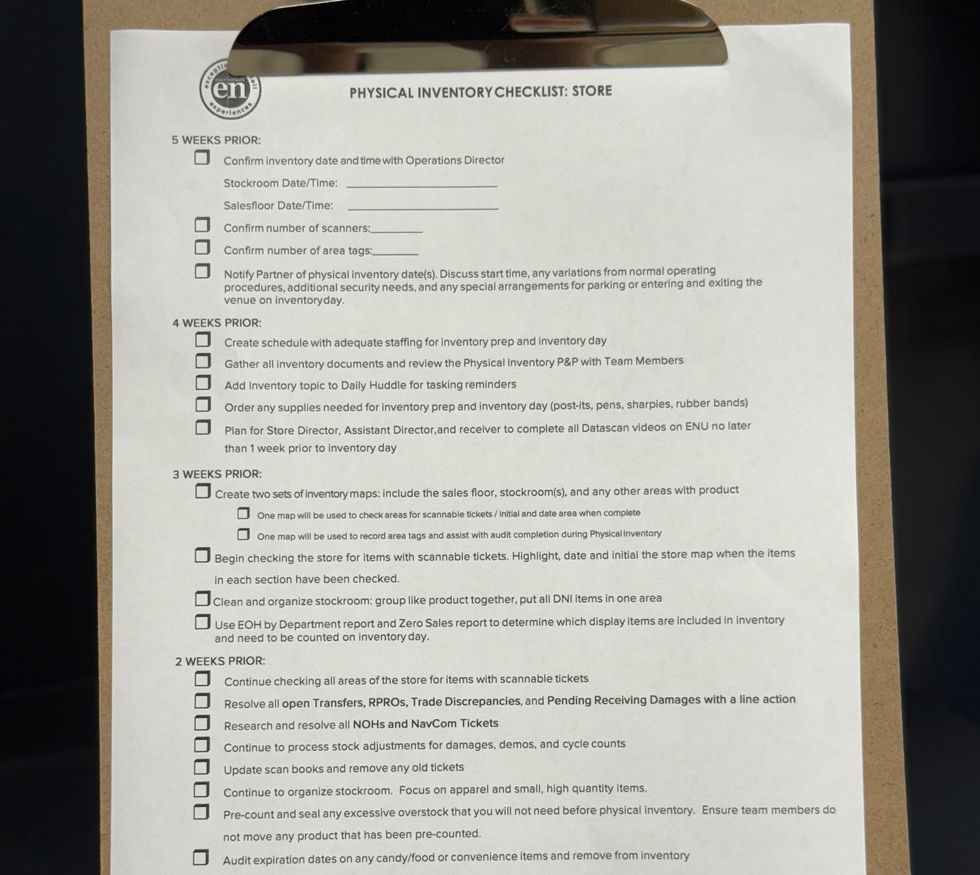
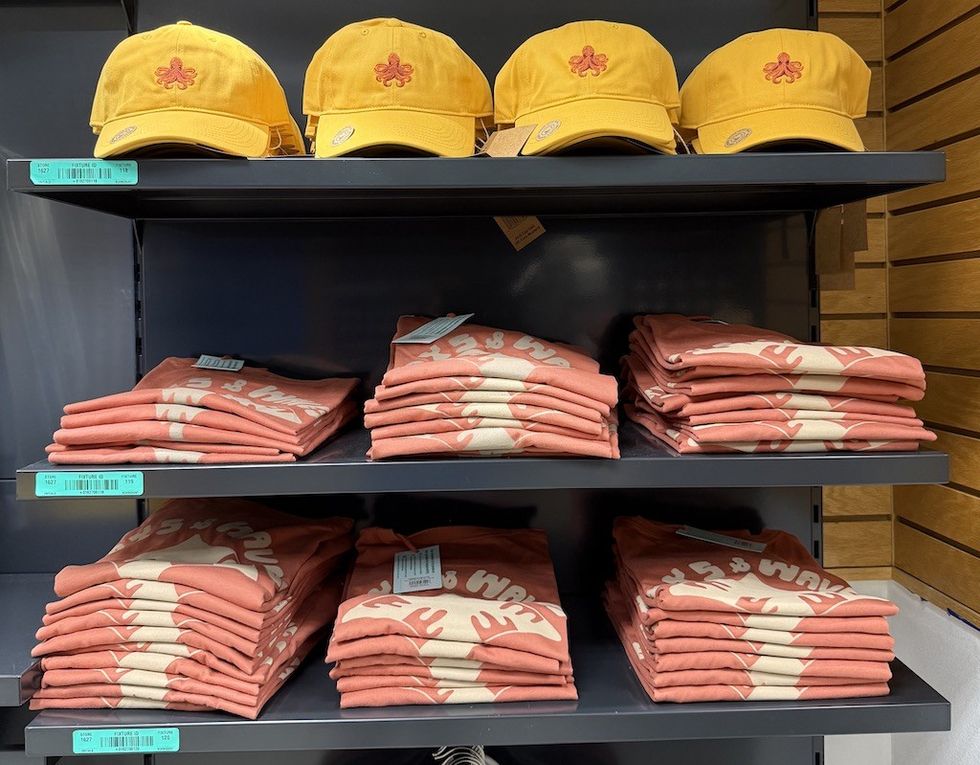
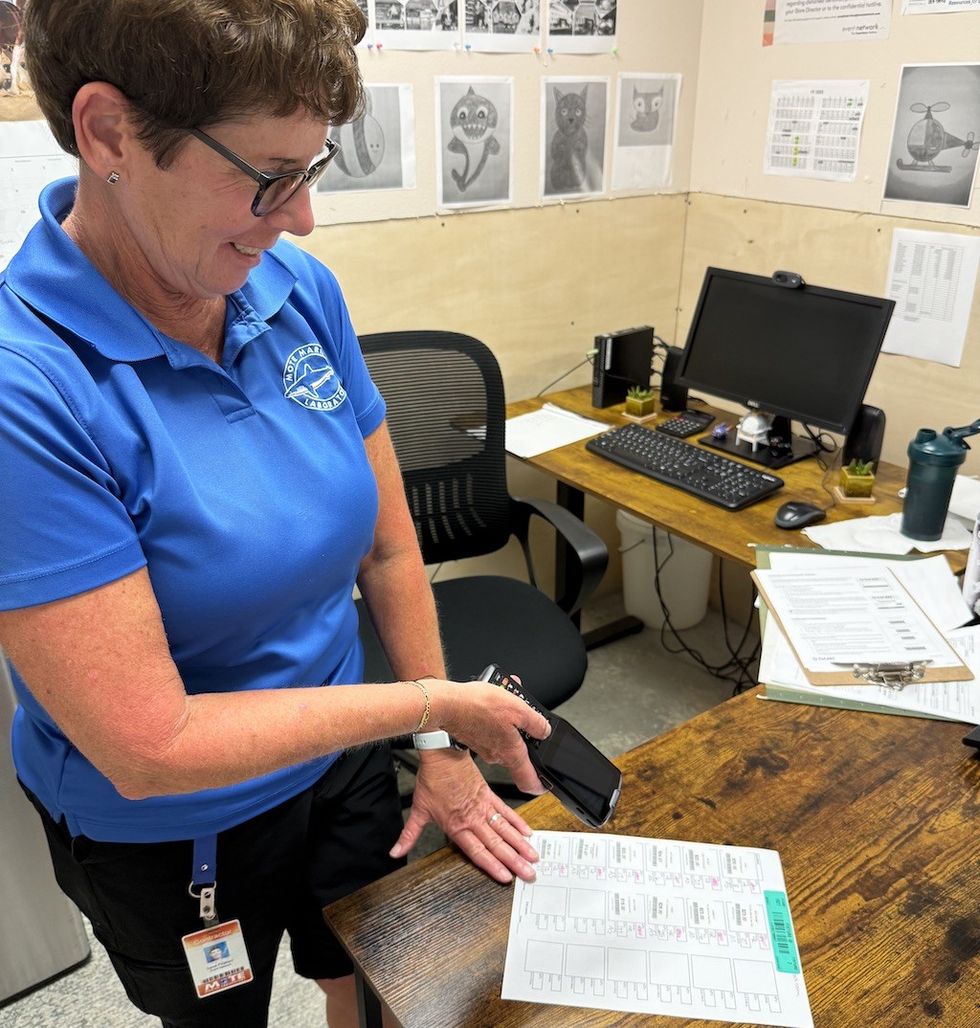


 Guests display a commemorative UN stamp sheet marking the 100th anniversary of the Palace Museum at the UN headquarters in New York, May 2025 (Xinhua)
Guests display a commemorative UN stamp sheet marking the 100th anniversary of the Palace Museum at the UN headquarters in New York, May 2025 (Xinhua)
